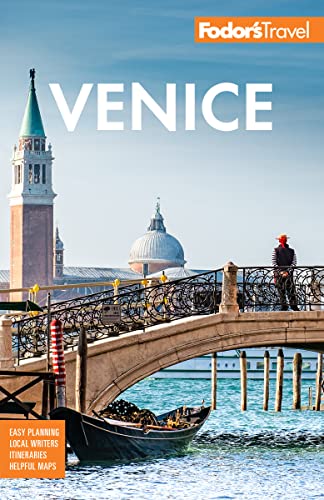Castello, Venice's largest sestiere, includes all of the land from east of Piazza San Marco to the city's easternmost tip. Its name probably comes from a fortress that once stood on one of the eastern islands.
Not every well-off Venetian family could manage to build a palazzo on the Grand Canal. Many that couldn't instead settled in western Castello, taking advantage of its proximity to the Rialto and San Marco. Most of the men who worked in the sprawling Arsinale, which was the largest industrial complex in medieval and Renaissance Europe, lived in the modest houses of eastern Castello, as have many fishermen over the centuries.
Castello isn't lacking in colorful history. In the early 15th century, large Greek and Dalmatian communities moved into the area along the Riva degli Schiavoni, where many of them sold dried fish and meat; the Confraternity of San Marco, based in what is now the hospital on Campo Santi Giovanni e Paolo, was patronized by Venetian high society in the 16th to 18th century; and nearby Campo Santa Maria Formosa served as a popular open-air theater for shows of various kinds (some including livestock among the cast members).
There is a lot to see here. Carpaccio's paintings at the Scuola di San Giorgio degli Schiavoni are worth a long look. San Francesco della Vigna, with a Palladio facade and Sansovino interior, certainly deserves a stop. The churches of Santi Giovanni e Paolo and San Zaccaria are major attractions, as is the Querini Stampalia museum.






